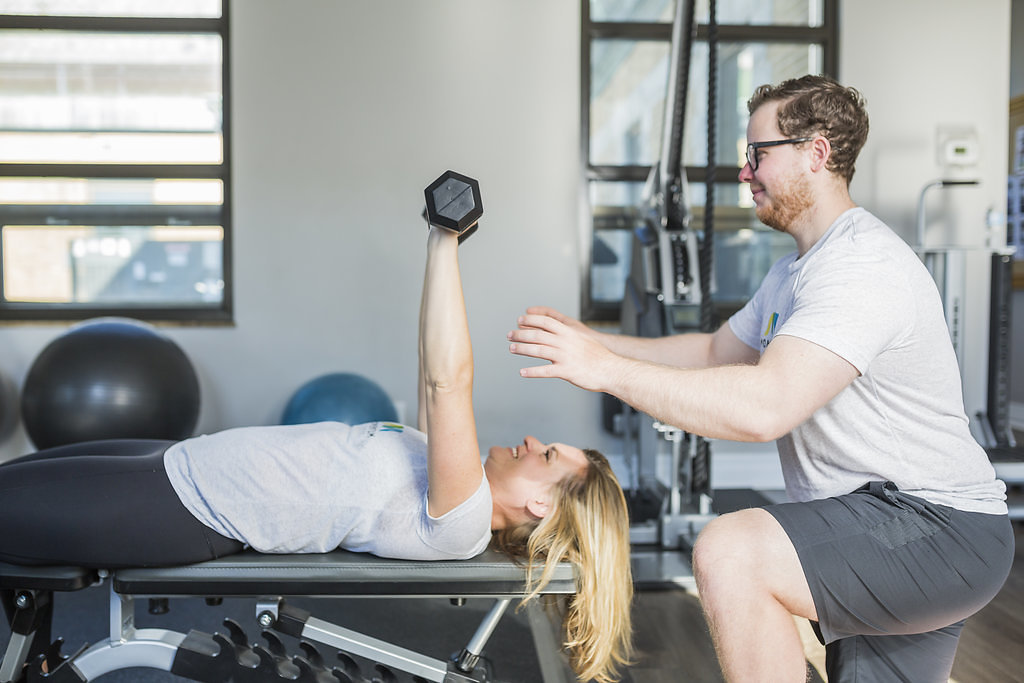
If you’re more than a few months into your workout routine, you might be ready to take things to the next level. To make sure that you’re continually strengthening and improving with your workouts, we’ve developed a list of 10 ways to make lifting weights more effective in the gym. These are a great way to make your workout routine – well – not so routine anymore.
-
Skip the traditional machines
Don’t get us wrong, traditional machines serve their purpose – they teach you great form and get your major muscle groups firing. Most of the machines that we carry are functional machines with cables, which allow you to improve your form as they work your small muscles (which are your stabilizers). If you want to step up your game even further, use free weights to find even more freedom in your movement. You can also add resistance bands and the functional trainer to change the movement in your workout.
-
Combine strength & cardio
Strength and cardio go together like peanut butter and jelly. When you add cardio into your workout, it not only brings your heart rate up and boosts your metabolism, but it also allows your muscles to recover. The next time you lift weights, try adding 20 seconds of jump rope between sets for a heart-pumping workout.
-
Hold your pose
An isometric hold is when you contract a muscle and hold it in a flexed position. This is great because it gives you good activation and helps to strengthen the muscle. So for example: when doing a row, you’ll want to hold your arm in a flexed position for 1-3 seconds before slowly releasing.
https://www.youtube.com/watch?v=ZEWZ9pZms6c&feature=youtu.be
-
Embrace instability
You don’t need to look like the next Olympic gymnast, but a balancing act can add tremendous benefits to your workout. When you balance during a workout, it stimulates more muscles – especially throughout the core. Rather than doing your workout in a stable position, try adding in a BOSU or stability ball at the gym.
-
Train one side at a time
Doing unilateral exercises that require each leg or arm to work independently (think: single-arm push-ups or pistol squats) will build strength faster on each side than bilateral exercises that work both sides of your body at once (standard squats or push-ups). It also helps to activate the core, so you’ll get a core workout at the same time as your strength workout. If you tend to favour your dominant side, this is a great way to balance your muscular development and strength across your body.

-
Play with tempo
Another great way to challenge yourself with resistance training is by playing with the tempo of the rep. An example of playing with the tempo of a rep is 2s concentric, 1s pause, 2s eccentric, 1s pause and switching to 2s concentric, 1s pause, 4s eccentric, 1s pause.
-
Build a circuit
Quickly moving from one exercise to another is a great way to create a time-efficient workout. Keep in mind when you’re building your circuit to target different muscle groups back to back. This will help you to avoid exhaustion because it allows your muscles time to recover between sets, and it also provides a great full-body workout.
-
Get explosive
Quick movement exercises like kettlebell swings or box jumps target fast-twitch muscle fibers which produce more force than slow-twitch muscle fibers. You can do this with free weights as well. What you’ll want to do is use force for one second, then slowly release for two-three seconds.
“Think of it this way: if you ever need to spring into action – like to push a heavy door open or lift a car off someone – you’re going to do it with force. By getting explosive in your workout, your muscles will be ready to do that.” – Coach Mark.

-
Aim for failure
Believe it or not, failure is a word that we embrace in the gym! It’s when your muscle is so exhausted that you just couldn’t possibly do one more repetition without losing proper form. Training to fail has been shown to increase both strength and size of muscles.
To improve your workout and make it more effective, you can add a little bit of weight (resistance) and decrease the number of repetitions in the set. For example, if your goal is to get to 12 reps and you feel like you could do 18 or 20, then the weight is too light, and you’re ready to add some resistance.
-
Improve rep ranges
To increase muscle endurance, you’ll want to do higher reps with lower weight. To increase muscle strength, you’ll want to do lower reps with higher weight. The benefit of increasing muscle endurance is that it tones and leans out a muscle, which means you can build muscle strength without increasing the size of the muscle. When you’re ready to move up to a higher weight, you’ll be able to push through it because your muscles will have built up the endurance.
Bonus:
-
Keep track of what you’re doing
By keeping track of what you’re doing, you’re able to measure your progress and remember which weight and how many reps you did for each exercise. This will also help you to recognize when it’s time to add resistance or move down to a lower weight for a higher number of reps. Some great apps for tracking your workouts are Gym Hero and StrongLifts. At Momentum we use Evernote, but there are also online log books, or the good old fashioned pen and paper!

